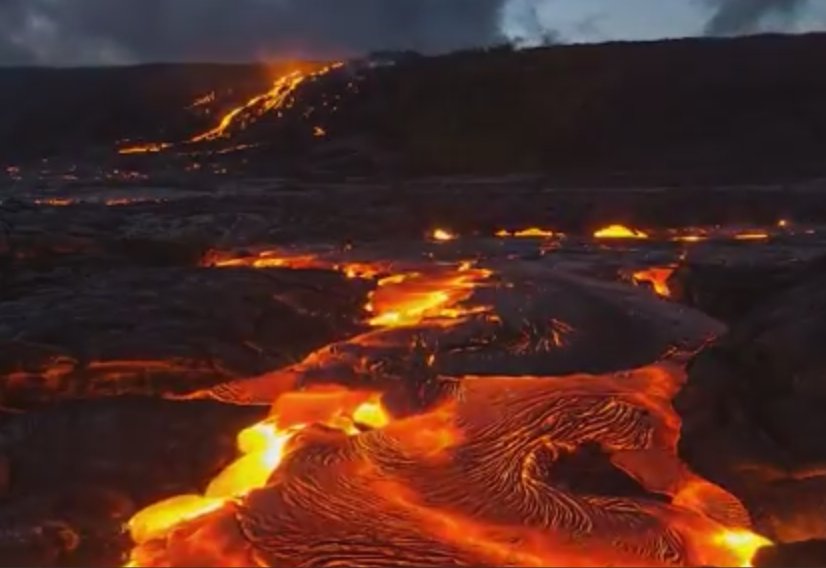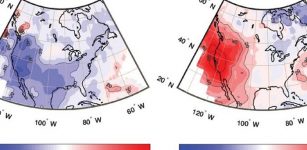Massive Collision Responsible For Bend-Like Feature In The Middle Of Pacific Ocean Floor
MessageToEagle.com – A chain of volcanoes is running across the Pacific Ocean floor, but suddenly in the middle of this chain lies a bend of 60 degrees.

What did happen in this particular area?
How and why this bend occurred around 50 million years ago?
For the first time, after many decades, geoscientists can solve this long-standing geological controversy.
A new study from CEED, suggests that a massive collision at the edge of the Pacific Ocean was responsible.
The Hawaiian Islands of the Pacific Ocean are located above a so-called mantle plume, or a conduit of anomalously hot rock upwelling from thousands of kilometers deep in the Earth’s interior. This hot feature explains why the islands are dotted with active volcanoes.
The Hawaiian Islands reside on the Pacific tectonic plate, which is moving across the top of the mantle plume—at the blistering pace of a few cm/year—which means that in a few million years the islands will have moved off the hot conduit and volcanism in the Hawaiian Islands will cease.

As Hawaii’s active volcanoes die in the future, new volcanic islands will appear elsewhere on the Pacific Plate, specifically at spots that replace the Hawaiian Islands above the hot conduit.
A very eye-catching bend – a subject of debate and controversy for half a century – divides the chain into two segments: the ‘Hawaiian Chain’ from western side and the ‘Emperor Chain’ from northern side. The bend is referred to as the “Hawaiian-Emperor Bend” and developed approximately 47 million years ago.
The long standing problem was to explain why that sudden change occurred.
The research team from University of Oslo, Department of Geosciences suggests that the Pacific Plate changed its course about 50 million years ago because an archipelago that previously formed the northern end of the Pacific Plate crashed into eastern Asia at that time.
This collision caused the bend.
By about 50 million years ago, the northern migration of subduction led to a colossal collision between the island arc at the northern end of the Pacific Plate and the northeast edge of Asia. This massive crash left large segments of the former island arc stranded in northeast Japan and on the peninsula of Kamchatka, and terminated subduction there.
The crash and the cessation of subduction effectively halted the northward course of the Pacific Plate at that time, This event that was responsible for suddenly re-routing the direction of the Pacific Plate 50 million years ago.
Original story – here
Research is published in Science Advances.
Domeier, M., G.E. Shephard, J. Jakob, C. Gaina, P.V. Doubrovine, T.H. Torsvik, 2017. Intraoceanic subduction spanned the Pacific in the Late
Cretaceous–Paleocene. Sci. Adv. 2017;3: eaao23032. DOI: 10.1126/sciadv.aao2303
MessageToEagle.com










